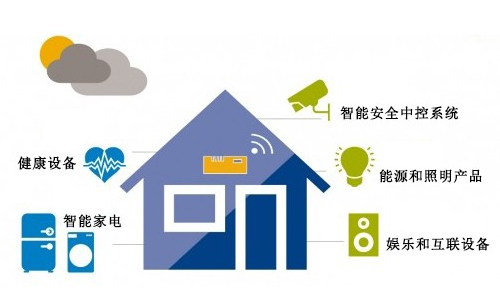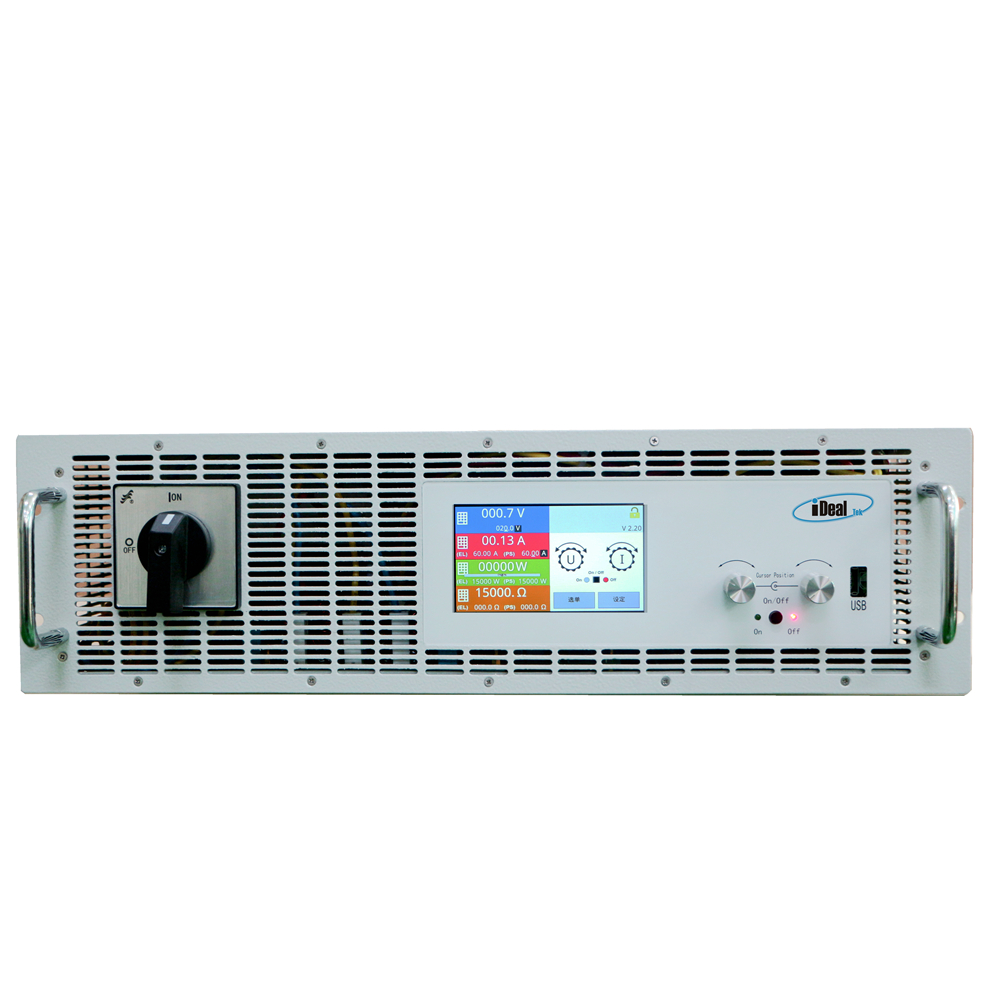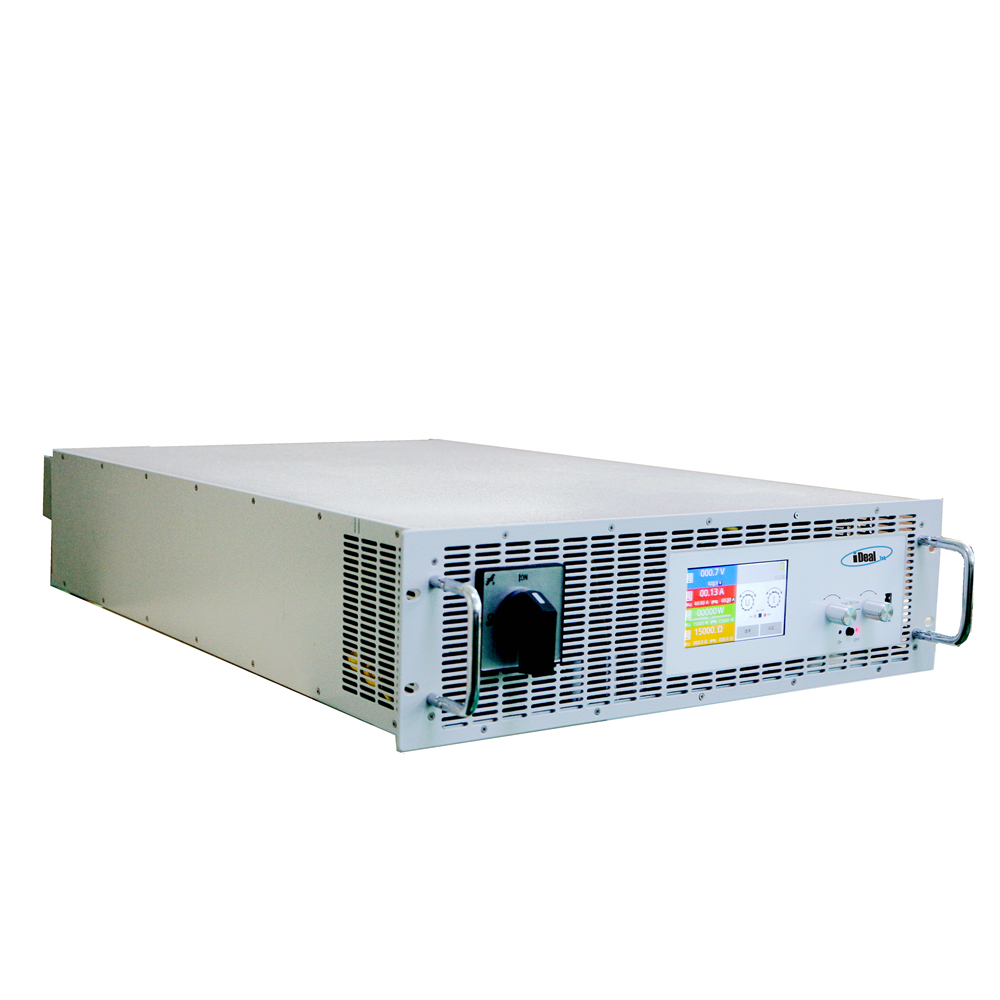Under the influence of many favorable factors such as policy support, the development of artificial intelligence and IOT technology, and consumption upgrades, the era of smart home applications has arrived. Among them, smart home sub-categories represented by smart lighting, smart security, and smart speakers have already ushered in a full-blown explosion. It is predicted that in the next 5 years, the global smart home market will maintain an average annual growth rate of about 14%. Thanks to the increasing urbanization rate in China, China will become the main battlefield of the smart home market, maintaining an annual average of more than 20%. The growth rate increased rapidly. At the moment, global smart home companies are pinning their hopes on the hot land of the Chinese market. Both foreign traditional home companies and Chinese Internet companies have invested resources and capital in the smart home industry. The editor analyzed nearly 1,049 companies involved in smart home business around the world, and summarized smart home consumption hotspots in 2018 in terms of business areas, company size, and open platforms, for readers. Provide overall solutions Fierce competition in market segments such as smart lighting The demand for the smart home market is steadily increasing, and the products are becoming more and more abundant, highlighting the trend of smarter, more segmented, and more scientific. At present, smart homes can be divided into five subdivisions: smart security central control systems, energy and lighting products, smart home appliances, entertainment and interconnected equipment, and health equipment. Subdivided, the intelligent security central control system generally includes smart door locks, alarm systems, door and window motion sensors, smart detectors, web cameras, smoke detectors, etc., which are used to ensure home safety. Energy and lighting products include energy managers, smart control radiators, smart meters, smart lighting controls, and smart thermostats. Smart home appliances are even more common, including traditional home appliances with smart functions such as smart air conditioners, smart refrigerators, robot vacuum cleaners, smart dishwashers, smart kettles, and smart toothbrushes. Entertainment and interconnected devices are to satisfy people's leisure and entertainment experience at the basic level of life, including smart TVs, smart set-top boxes, repeaters, routers, household plugs/boards, smart speakers, etc. The final health equipment is mainly for real-time detection of human functions and conditions, and provides corresponding recommendations, including weight scales, blood pressure meters, health and exercise trackers, smart baby displays, medical reminders, disease monitors, etc. . There are many subdivided products of smart homes, which can improve the future life experience. So, among the many sub-categories, which category do you think is the most attractive to the market and investment? Is it the smart speaker that started the "hundred-box war", or the smart home appliance that has always been on the market? The answer is actually neither. Among the 1049 global smart home companies analyzed, smart lighting has become the most concerned market segment. A total of 632 companies provide smart lighting equipment, accounting for more than 60%. Among them, Sanan Optoelectronics, Leyard, HC Semitek, Foshan Lighting, Hongli Zhihui, Sunlight Lighting, Zhouming Technology, Dehao Runda, Qianzhao Optoelectronics, Topband Co., Ltd. and dozens of domestic intelligent lighting companies, from The vertical field exerts strength, and gradually breaks into a world. The second category is the intelligent security central control system. There are 249 manufacturers providing security equipment covering cameras, intruder sensors, video doorbells and other security devices to escort home security. This category involves a wider range of companies. However, due to the lack of core technologies, inconsistent standards, and inaccurate grasp of user needs, the development of intelligent security control systems is not as smooth as that of intelligent lighting equipment. The army crossed the single-plank bridge. In addition, it is striking that these 1049 smart home companies no longer provide products of a certain sub-category separately, but gradually tend to smart solutions for the overall living environment. In foreign countries, technology giants represented by Amazon are pursuing large-scale acquisitions of the smart home ecosystem and building a huge super portal to compete for market share. Domestically, the more smart home categories are covered, the easier it is to open up the consumption gap. Xiaomi Technology, known as the "tech grocery store", has its smart home products all over the house, ranging from power strips, smart speakers, smart cameras, to smart TVs, water purifiers, and air purifiers, and its wide range of products The line can meet the consumption needs of different users, and then grow rapidly, competing with many traditional home appliance giants on the same stage. Solve interconnection difficulties Wi-Fi is still the most widespread communication protocol In recent years, in order to compete for the smart home market with unlimited potential, there has been continuous debate around various wireless protocol standards. The mainstream Wi-Fi, ZigBee, and Bluetooth have their own advantages in the home environment, and the niche and efficient Zwave and KNX have also made a lot of money. eyeball. This analysis shows that the most widely used protocol in the world is Wi-Fi. Data shows that 928 brands worldwide use Wi-Fi for device connection, which means that about 88% of brands favor Wi-Fi connections. Although the power consumption of Wi-Fi has been criticized, its plug-and-play, wiring-free, wide-spread, and long-distance signal transmission advantages make it one of the standard configurations of smart home products. Bluetooth is the second largest communication protocol, supported by 170 brands. Compared with Wi-Fi, Bluetooth connection reduces the power consumption to a greater extent, but the connection distance and stability are still shortcomings. Therefore, Bluetooth smart products are concentrated in small and medium-sized products such as wearable devices and health monitoring devices. Other communication protocols include LP-WAN, ZigBee, radio frequency RF, BLE, and Zwave, KNX, and 485 buses. The "bottom" agreement is KNX, supported by only 5 brands. In fact, during the purchase process, consumers do not particularly care about the wireless technology and communication protocol of the smart home system. They only require simple, stable, and efficient networking. Therefore, it is understandable that there is no wireless standard to "unify the rivers and lakes" in the short term. Therefore, the co-existence of the above-mentioned agreements will exist for a long time, and will be centralized and interactive in the user's use process to ensure real-time interconnection and interoperability of smart homes, thereby serving users more stably, efficiently and intelligently, and adding a sense of technology to future life. Bidirectional DC Power Supplies
The BPS series of bidirectional programmable power supplies are high-precision, low-ripple and fast response speed bidirectional DC Power Supplies with an all-digital signal control loop designed by iDealTek-Electronics based on IGBT high-frequency switching technology and bidirectional AC/DC topology architecture.
Different from the traditional DC power supply which only has constant voltage and constant current working modes, this series of programmable bidirectional AC DC power supplies have both power supply and load characteristics. It has multiple working modes of constant voltage, constant current, constant resistance and constant power, and can realize dual quadrant operation to allow the energy of the measured object to be fed back to the power supply. And Bidirectional AC-DC Power Supplies have built-in function generator, can freely generate arbitrary waveforms.
Bidirectional DC Power Supplies, Bidirectional Power Supplies, Bidirectional AC-DC Power Supplies, Bidirectional AC DC Power Supplies, Bidirectional Programmable Power Supplies Yangzhou IdealTek Electronics Co., Ltd. , https://www.idealtekpower.com


This Bidirectional DC Power Supplies are featured for high reliability, efficient setting function and complete protections, also supporting the requirement of parallel connection of multiple-units to achieve output power rating expansion, making this bidirectional power supply the best choice for the cutting-edge application industry for automated testing, automotive production line manufacturing testing, photovoltaic plate aging testing and various DC power supplies.
This series of bidirectional DC power supplies adopt active power factor correction technology, which is specially designed for typical 380V and 480V AC two-phase or three-phase alternating current with the rated output power ranging 5KW / 10KW / 15KW, the maximum output voltage ranges from 80V to 2000V under different rated powers, and the bidirectional power can be flexibly adjusted. It can output a higher voltage at a lower current or a higher current at a low voltage while maintaining within the maximum rated power range.